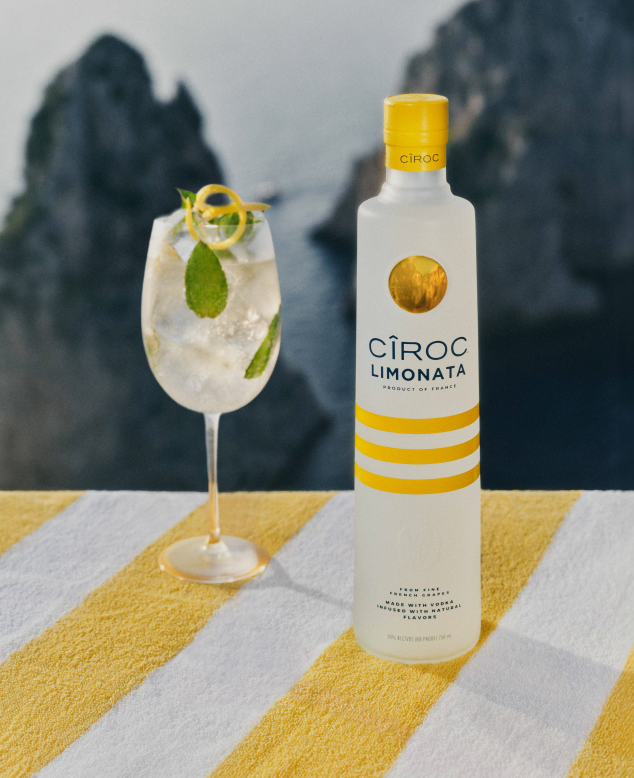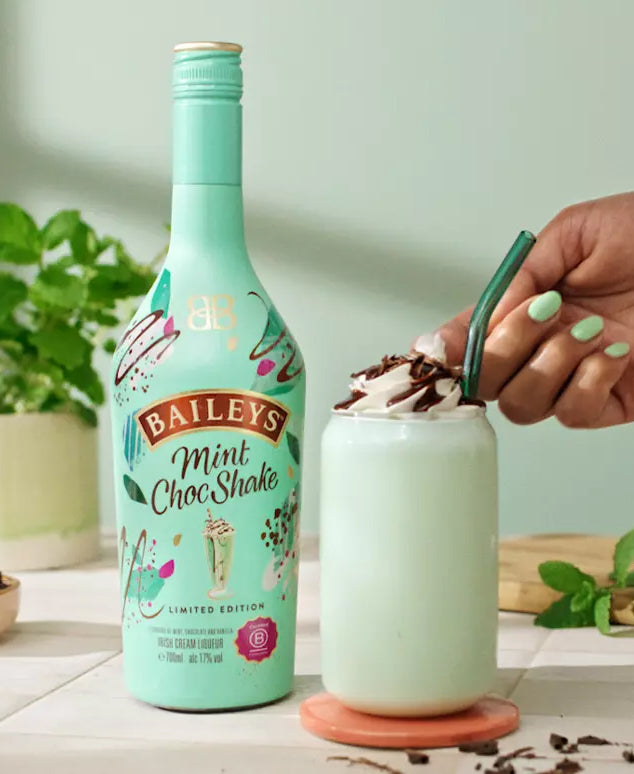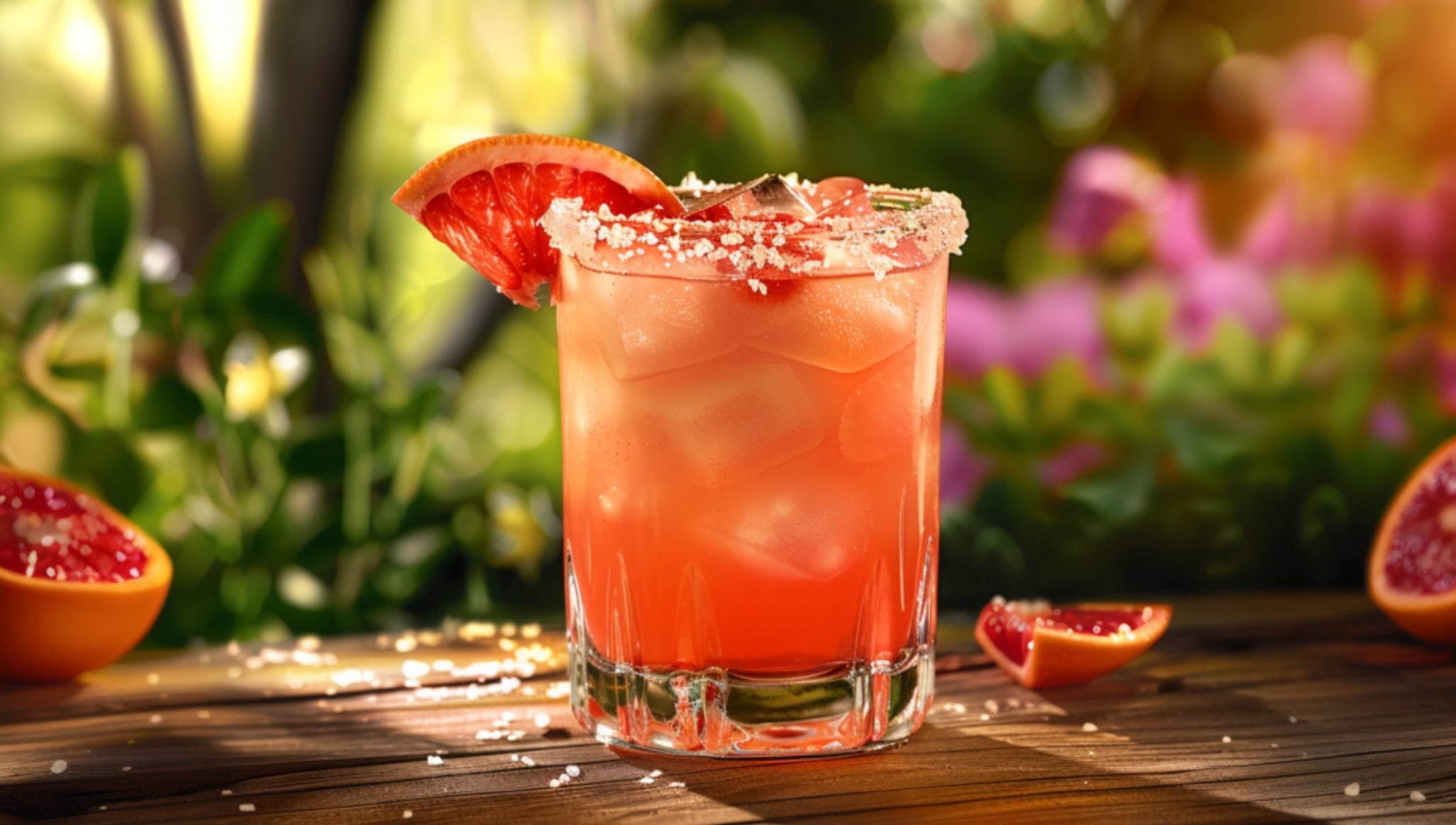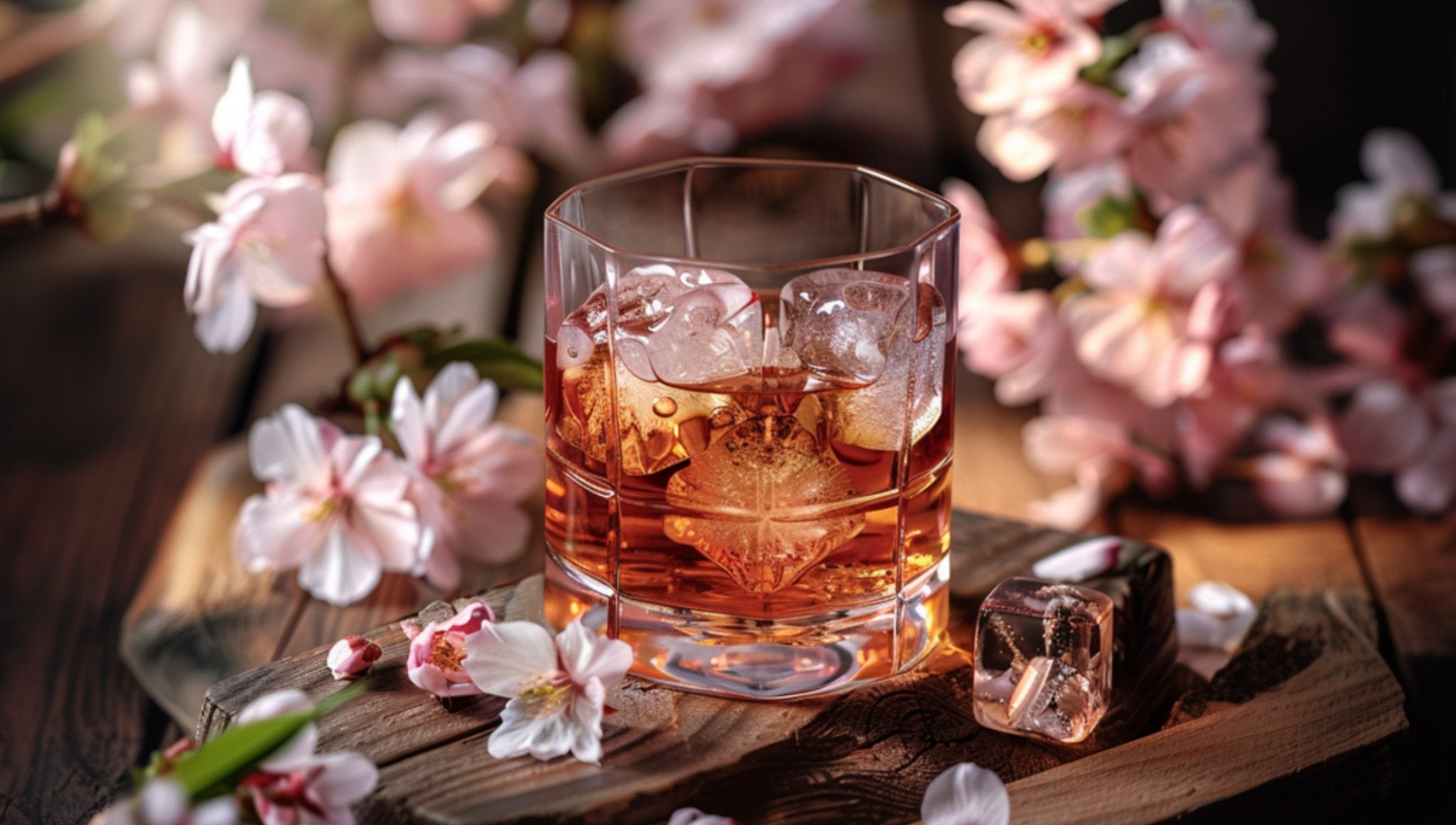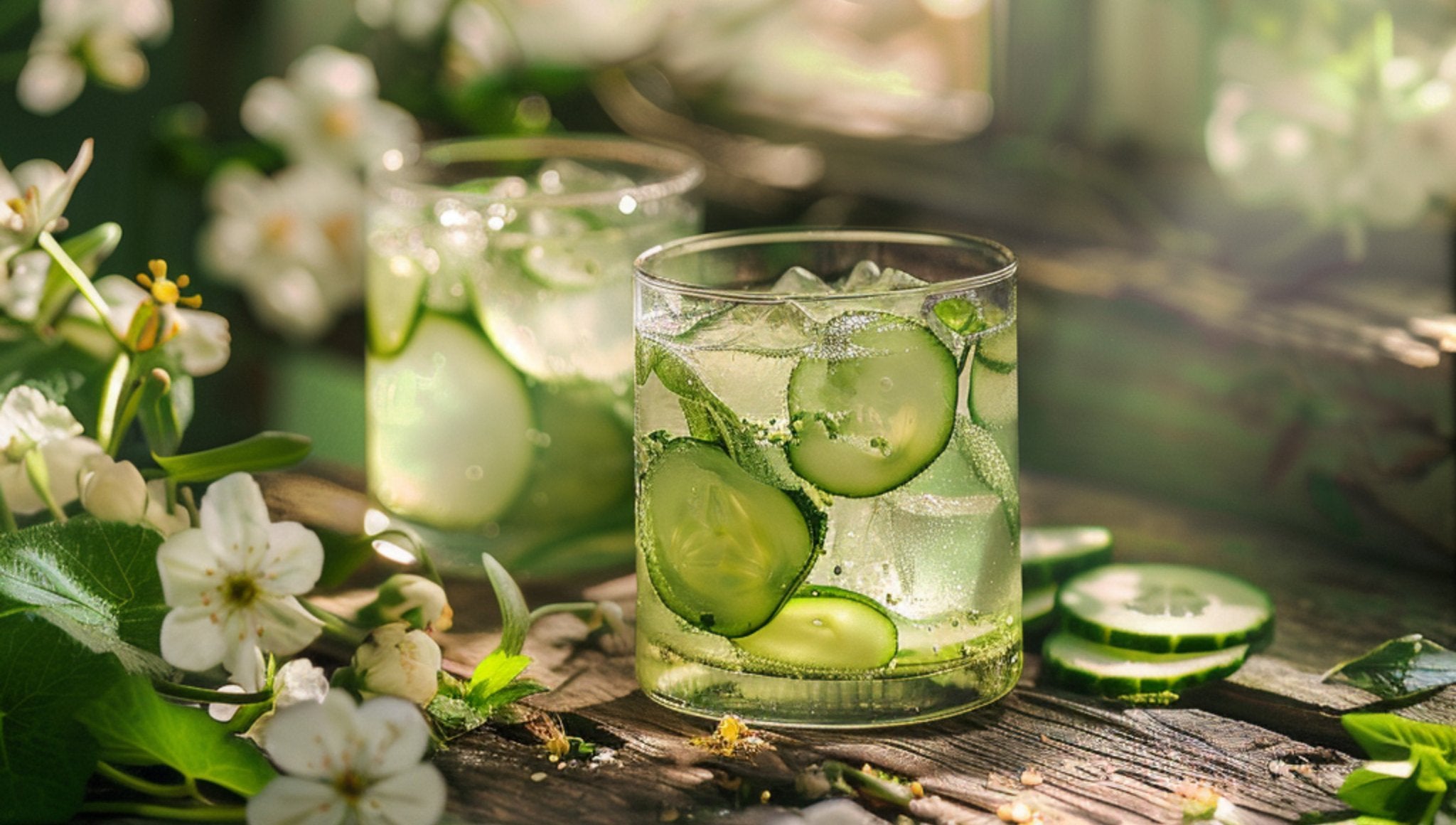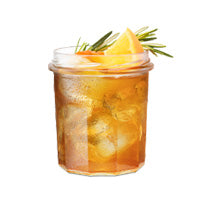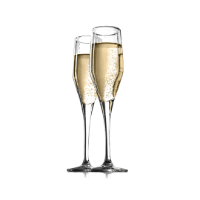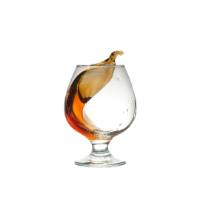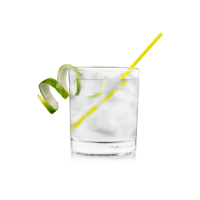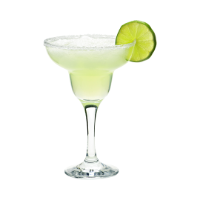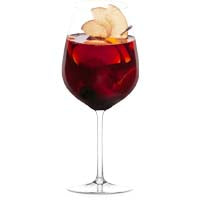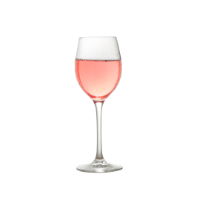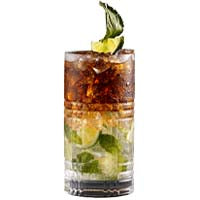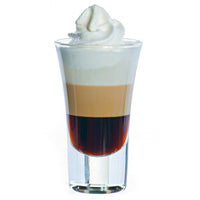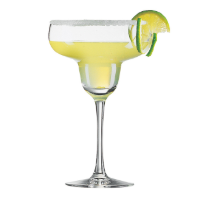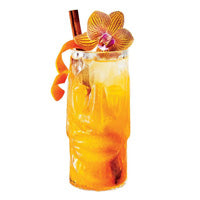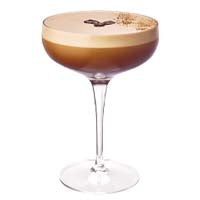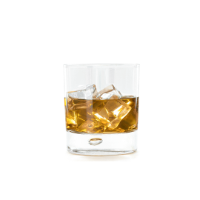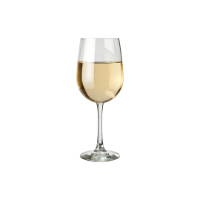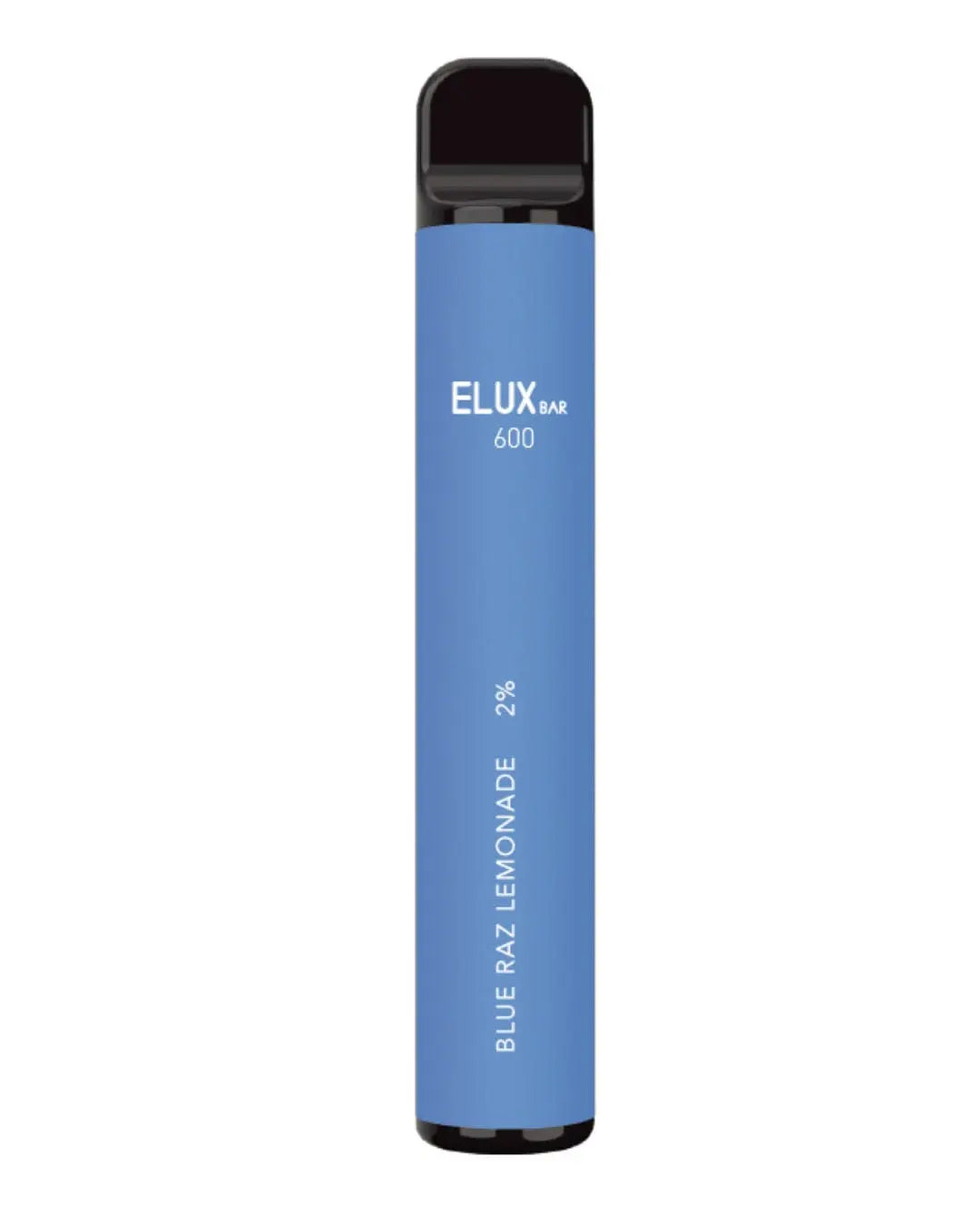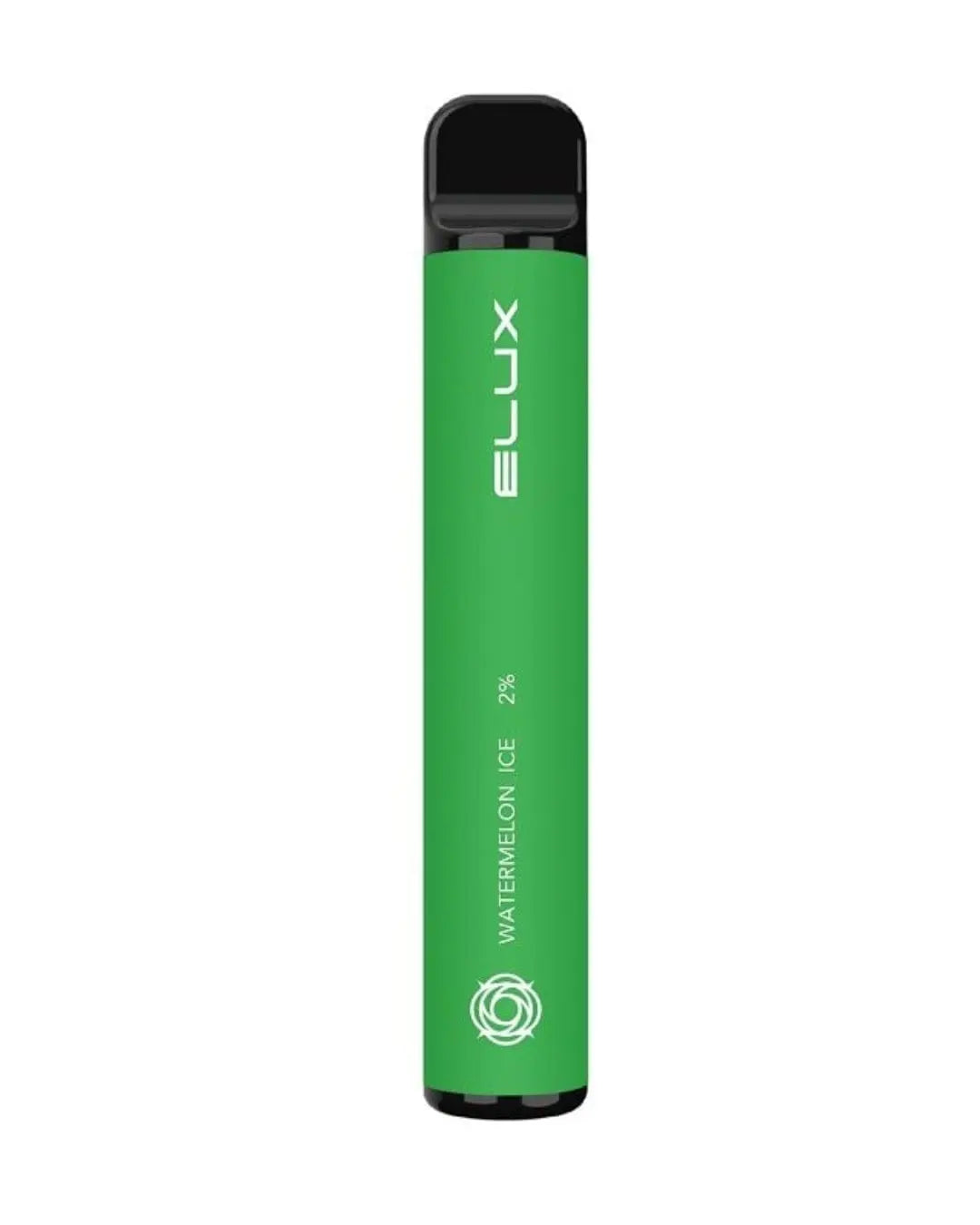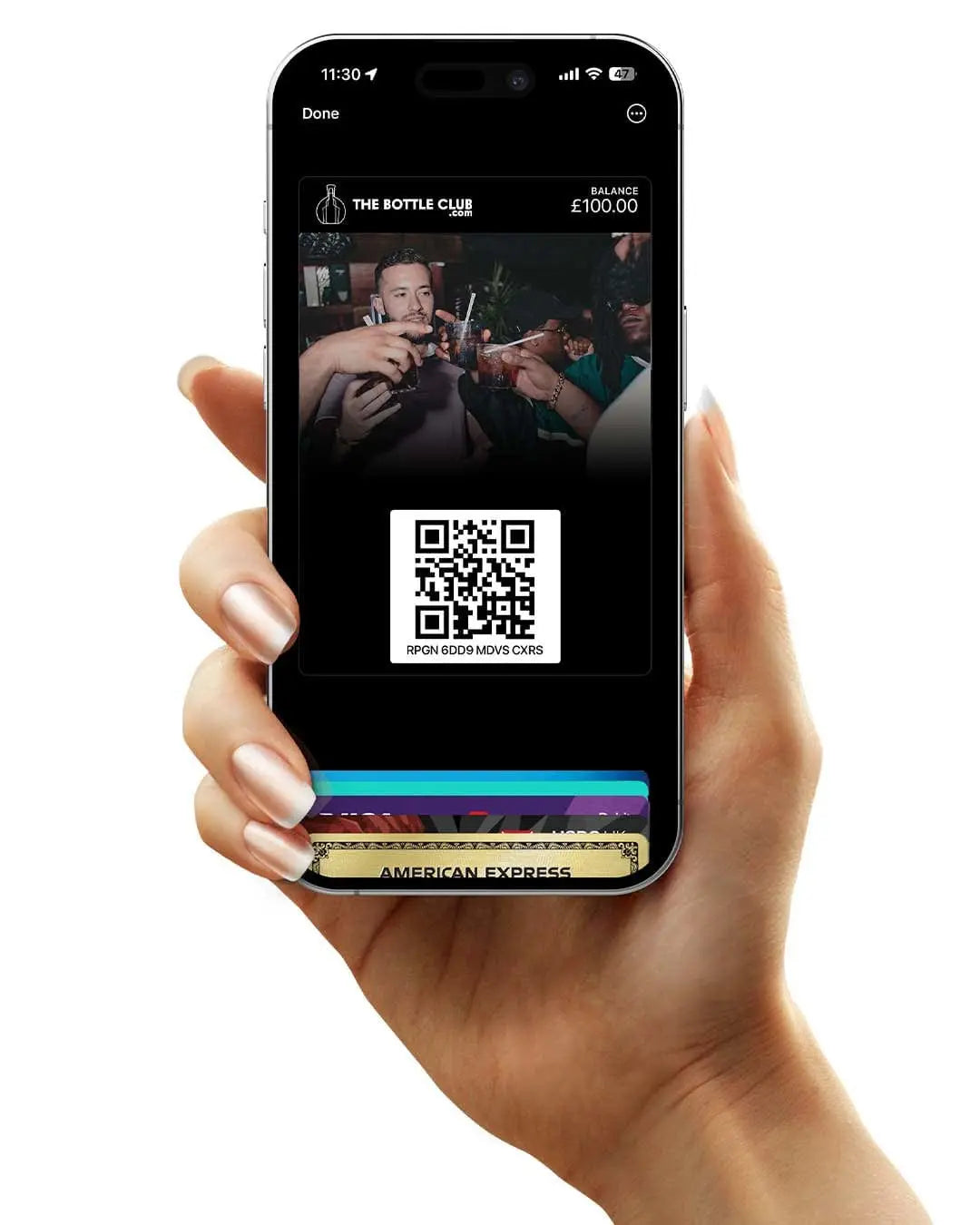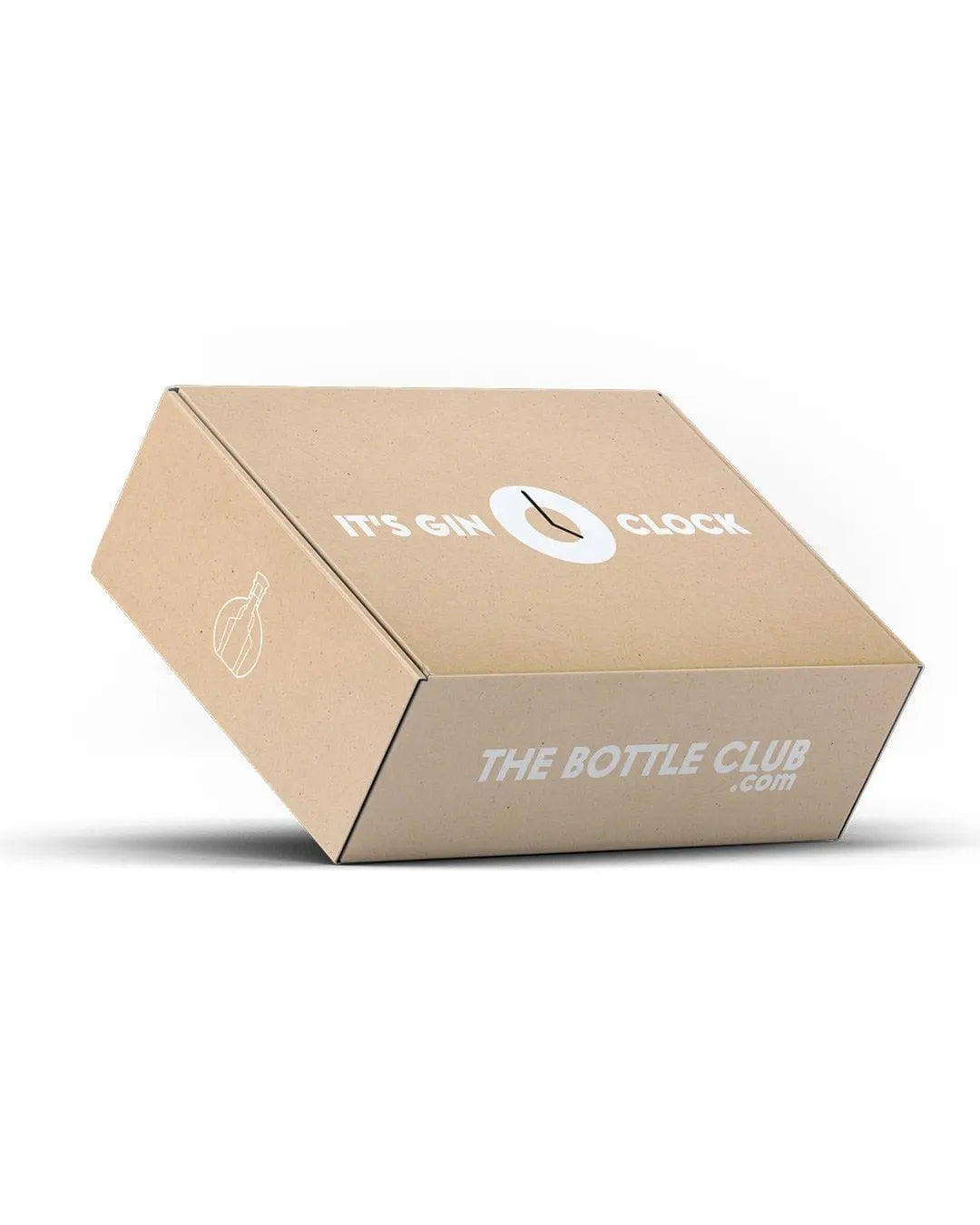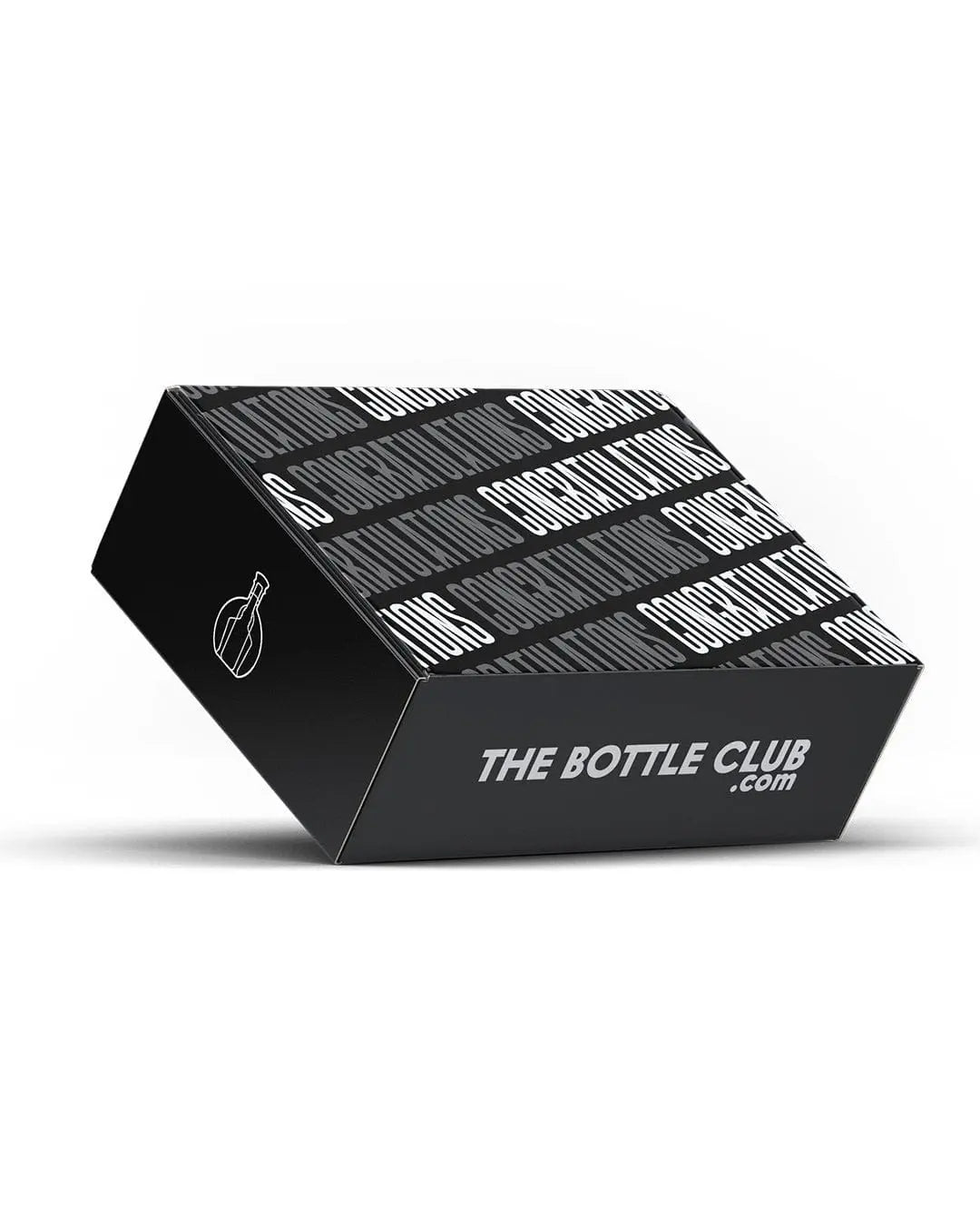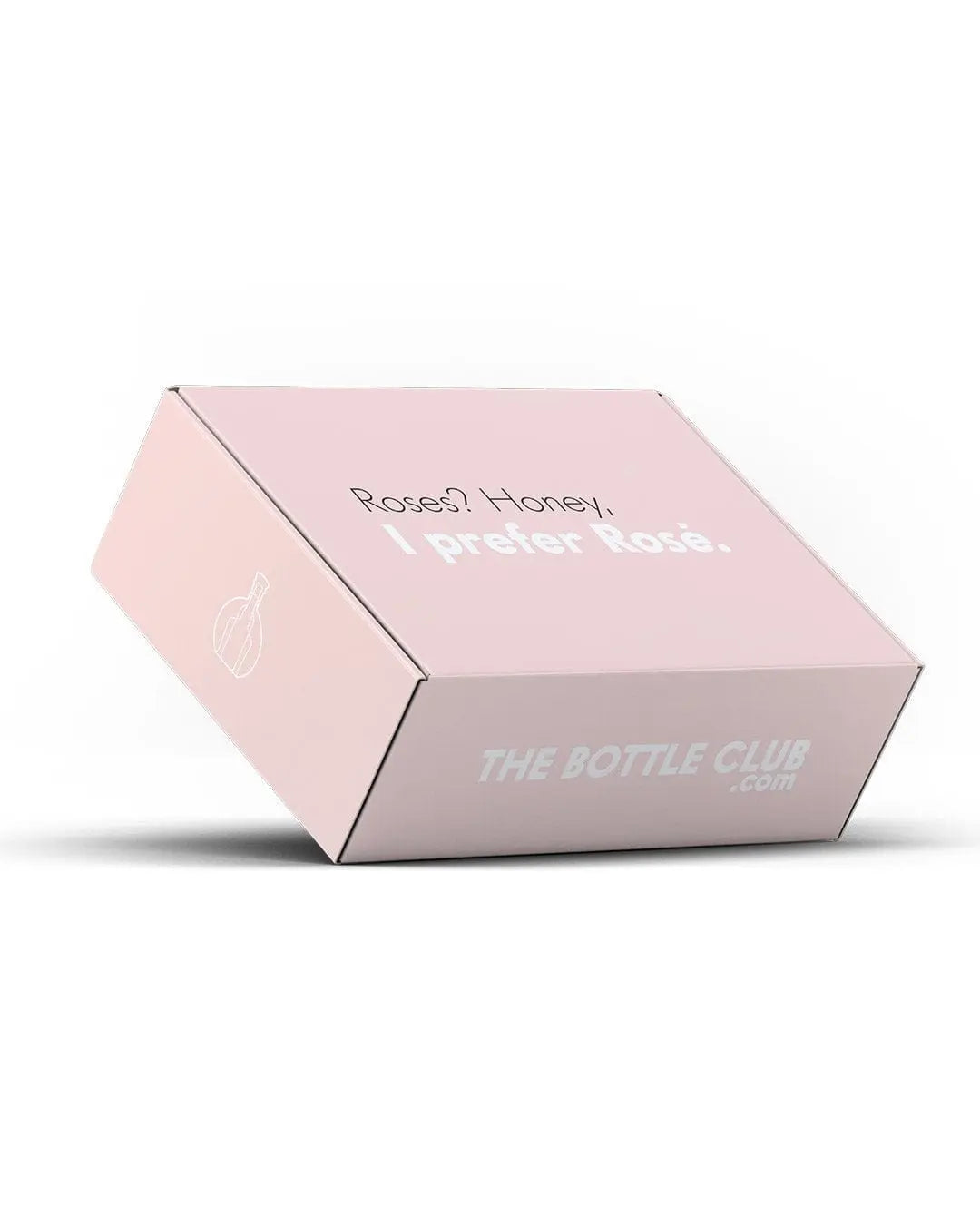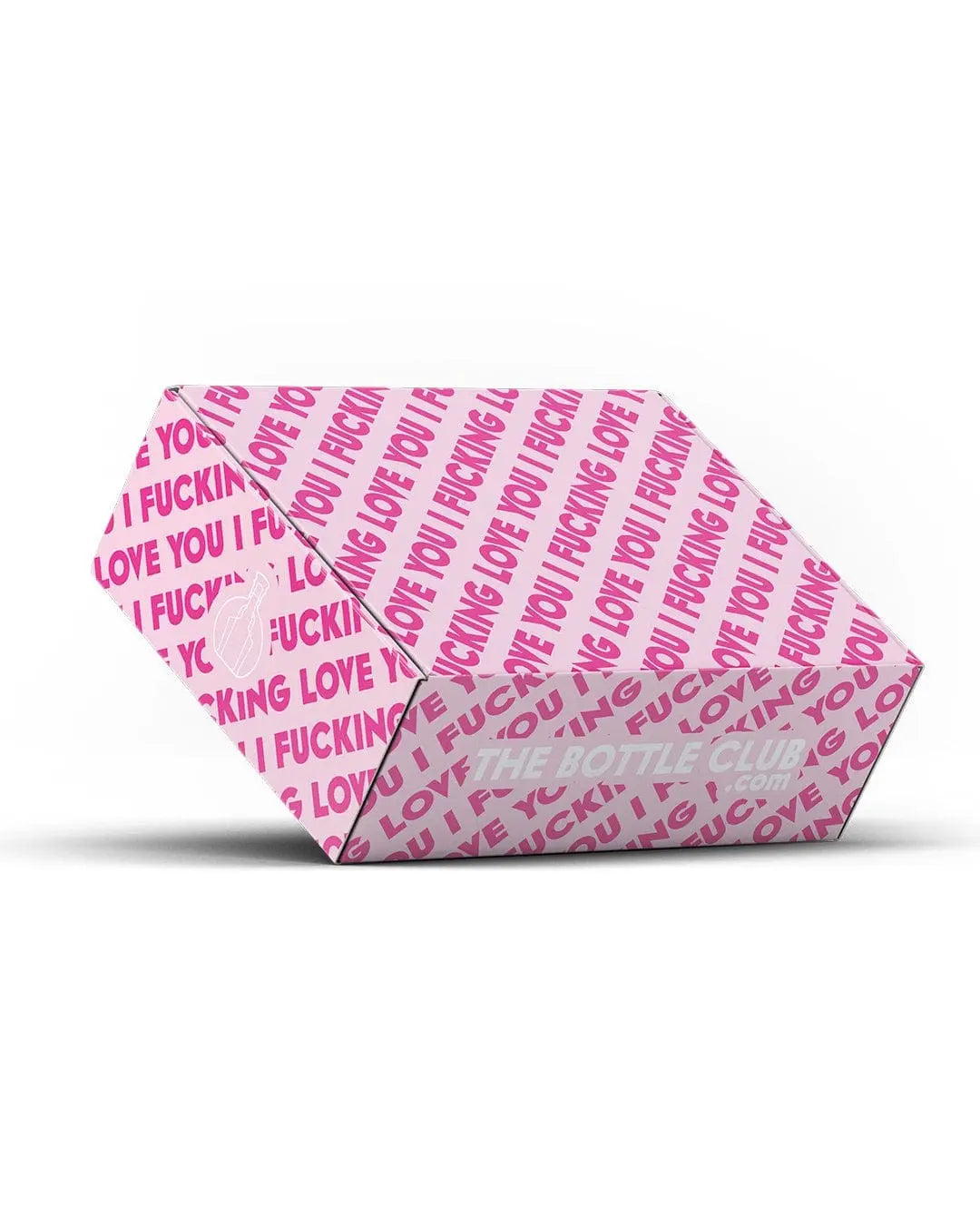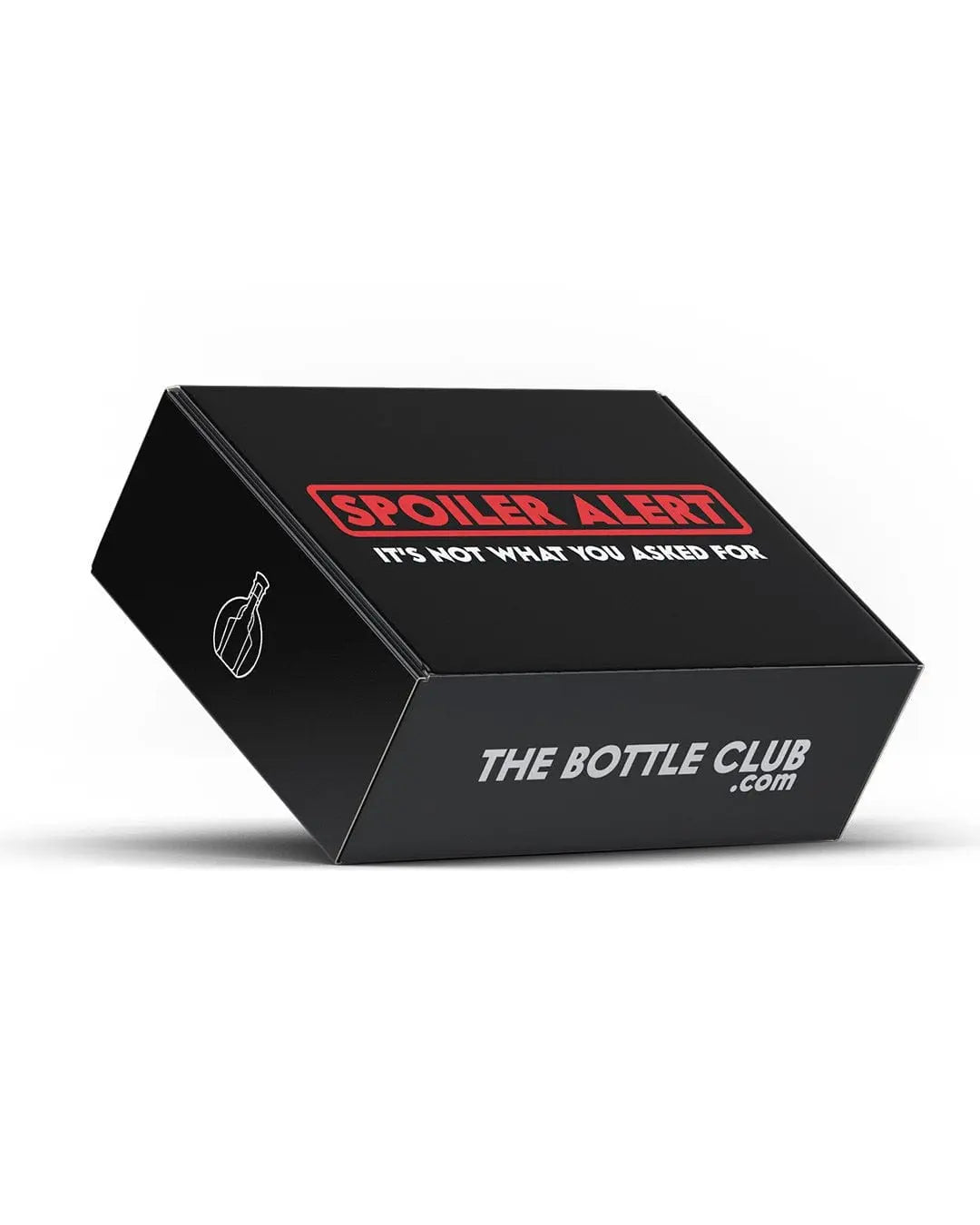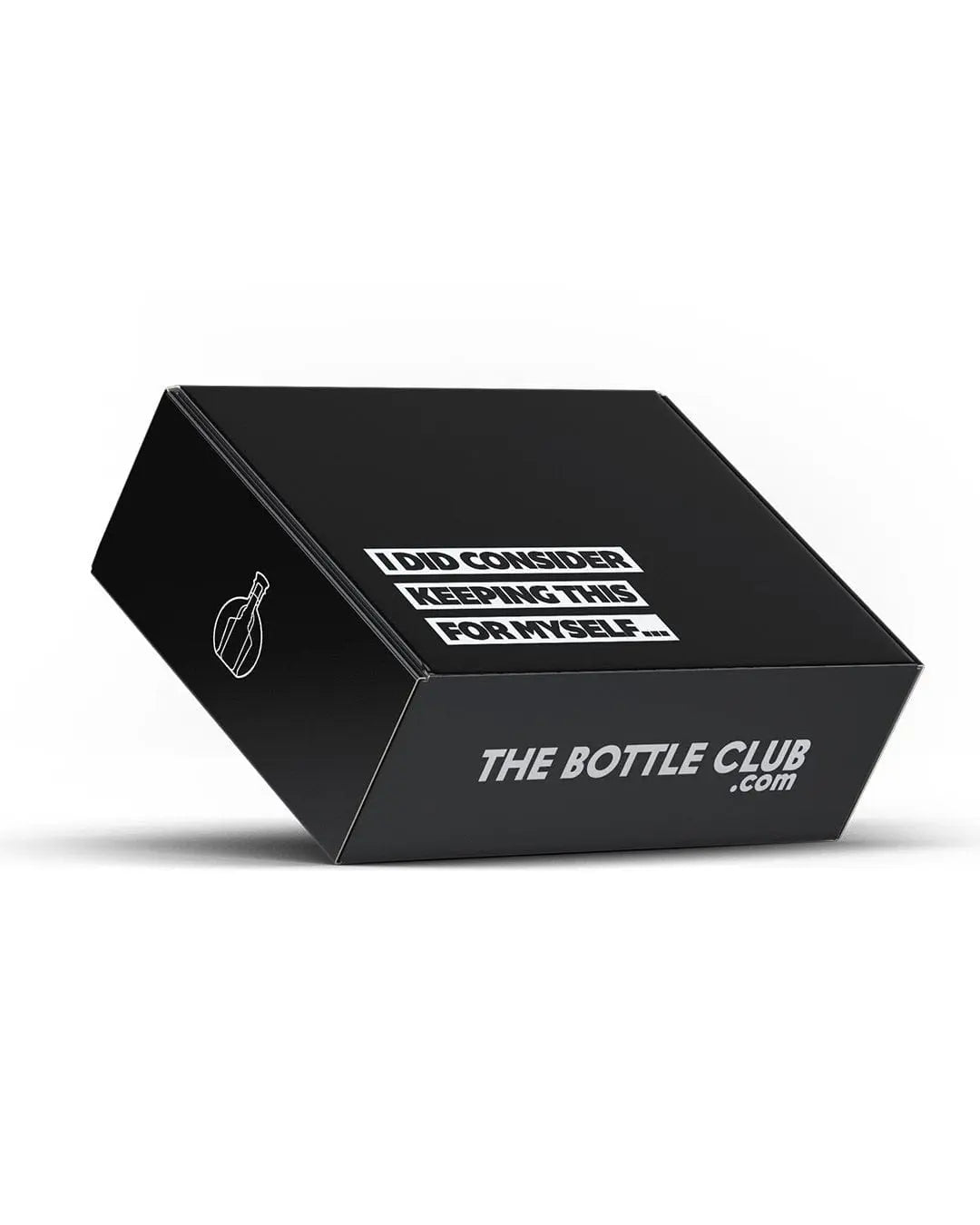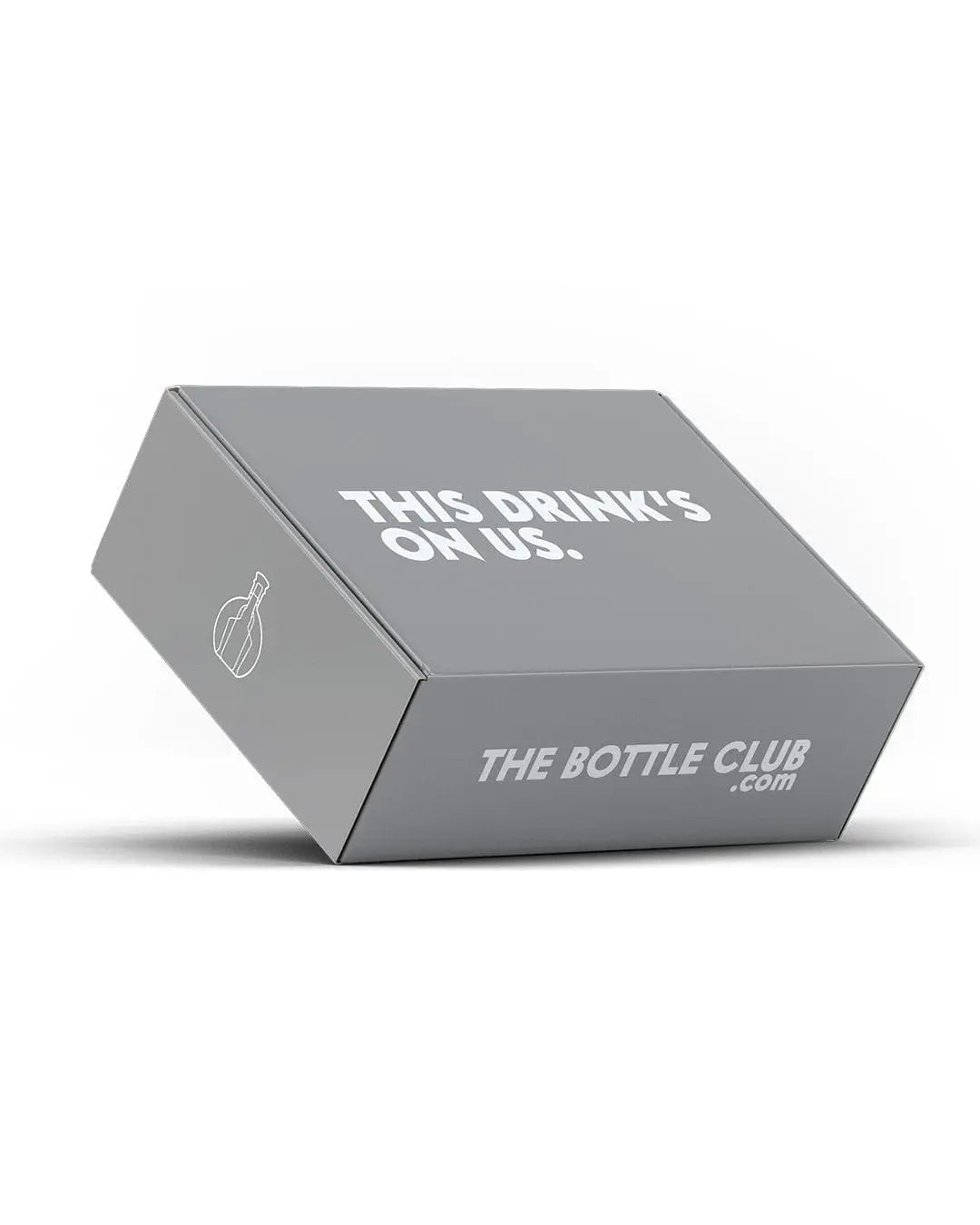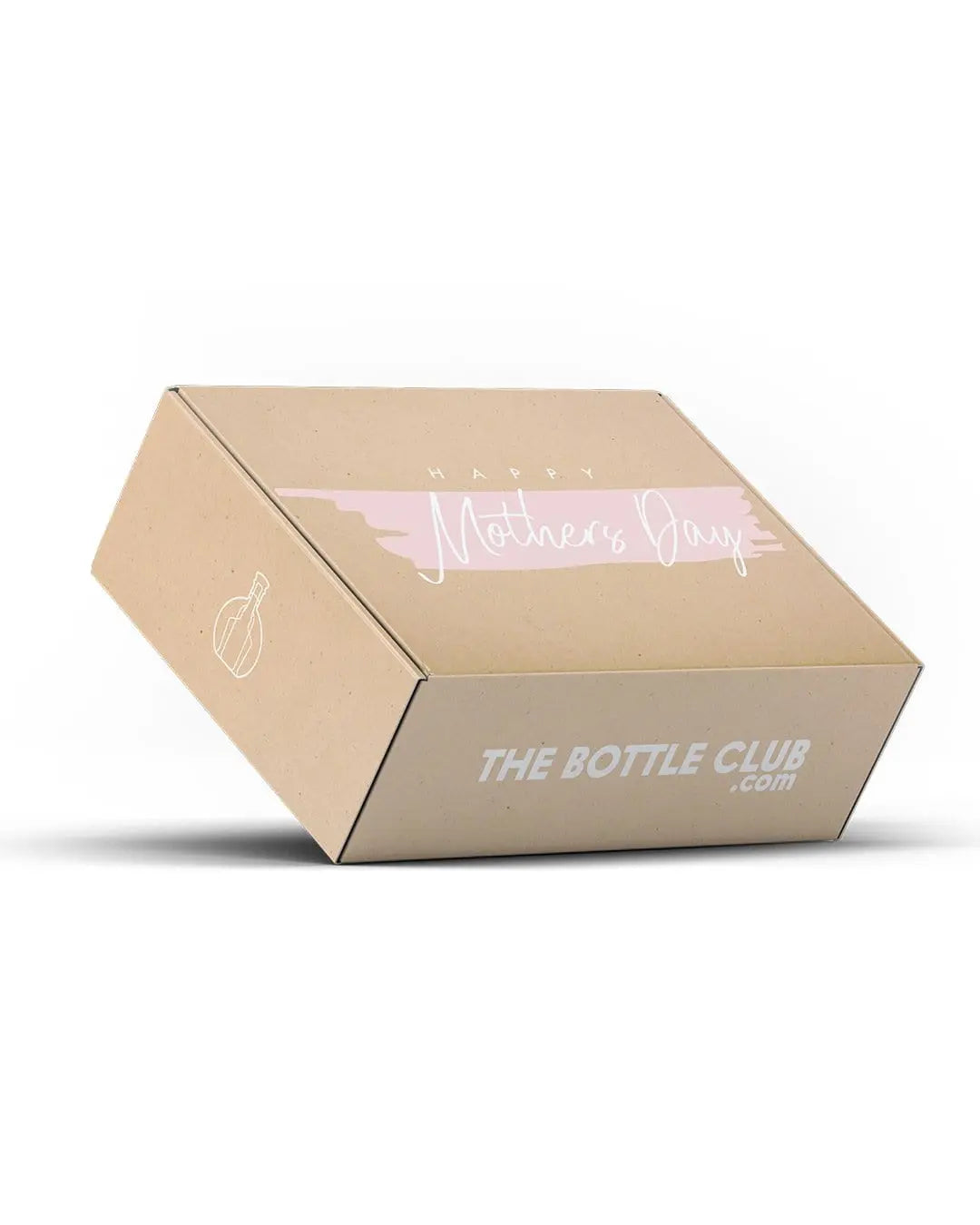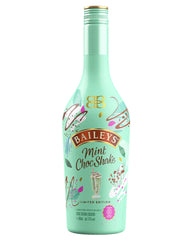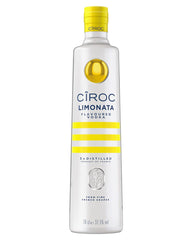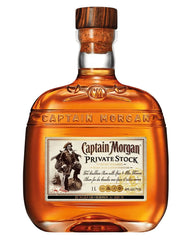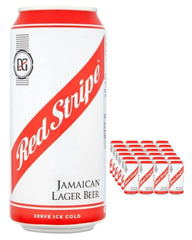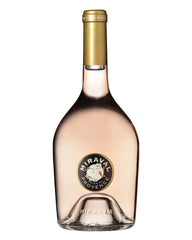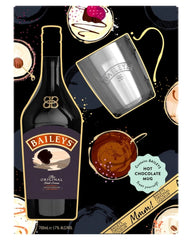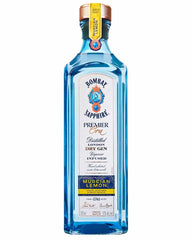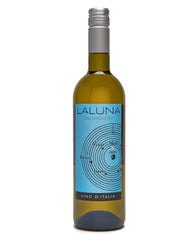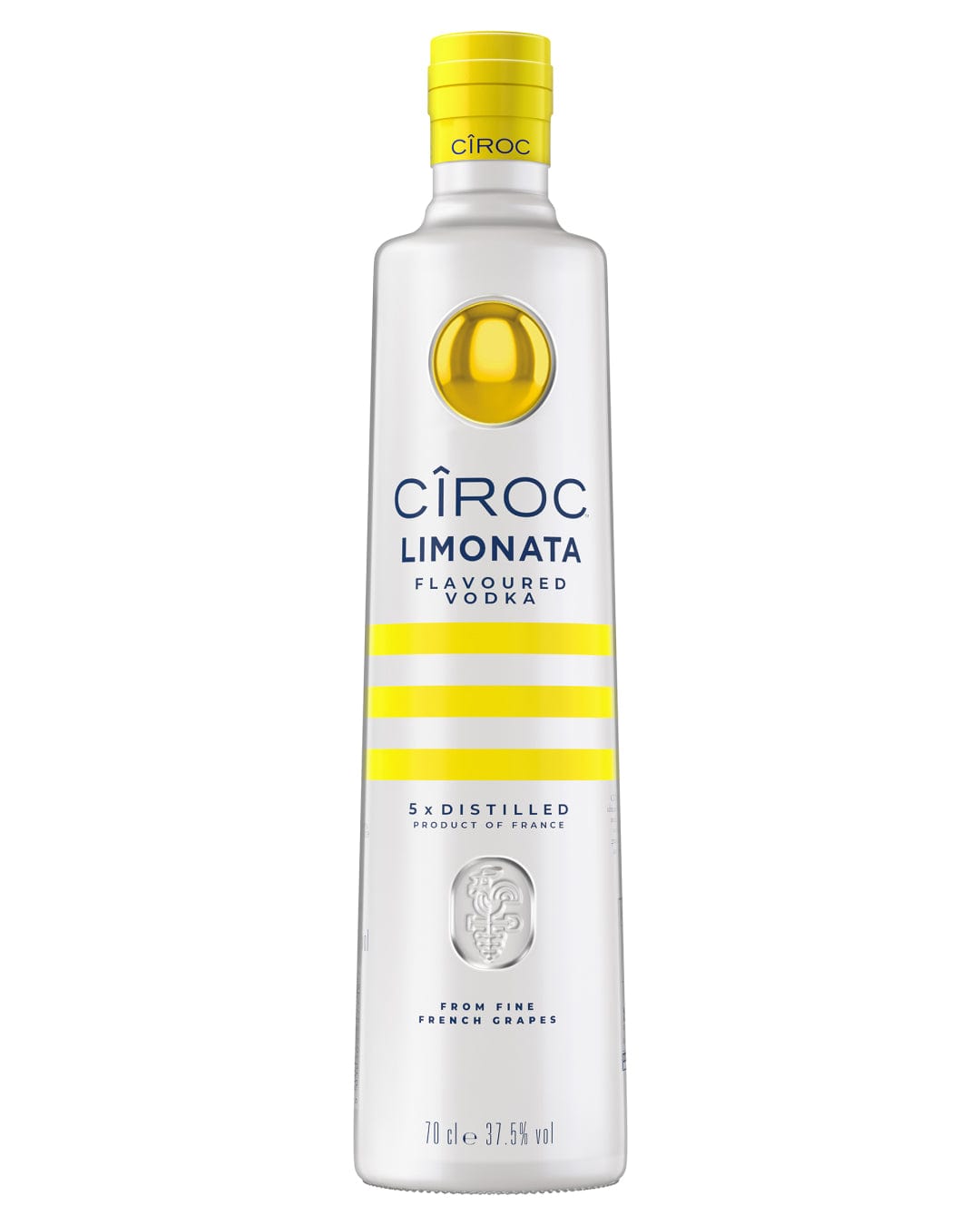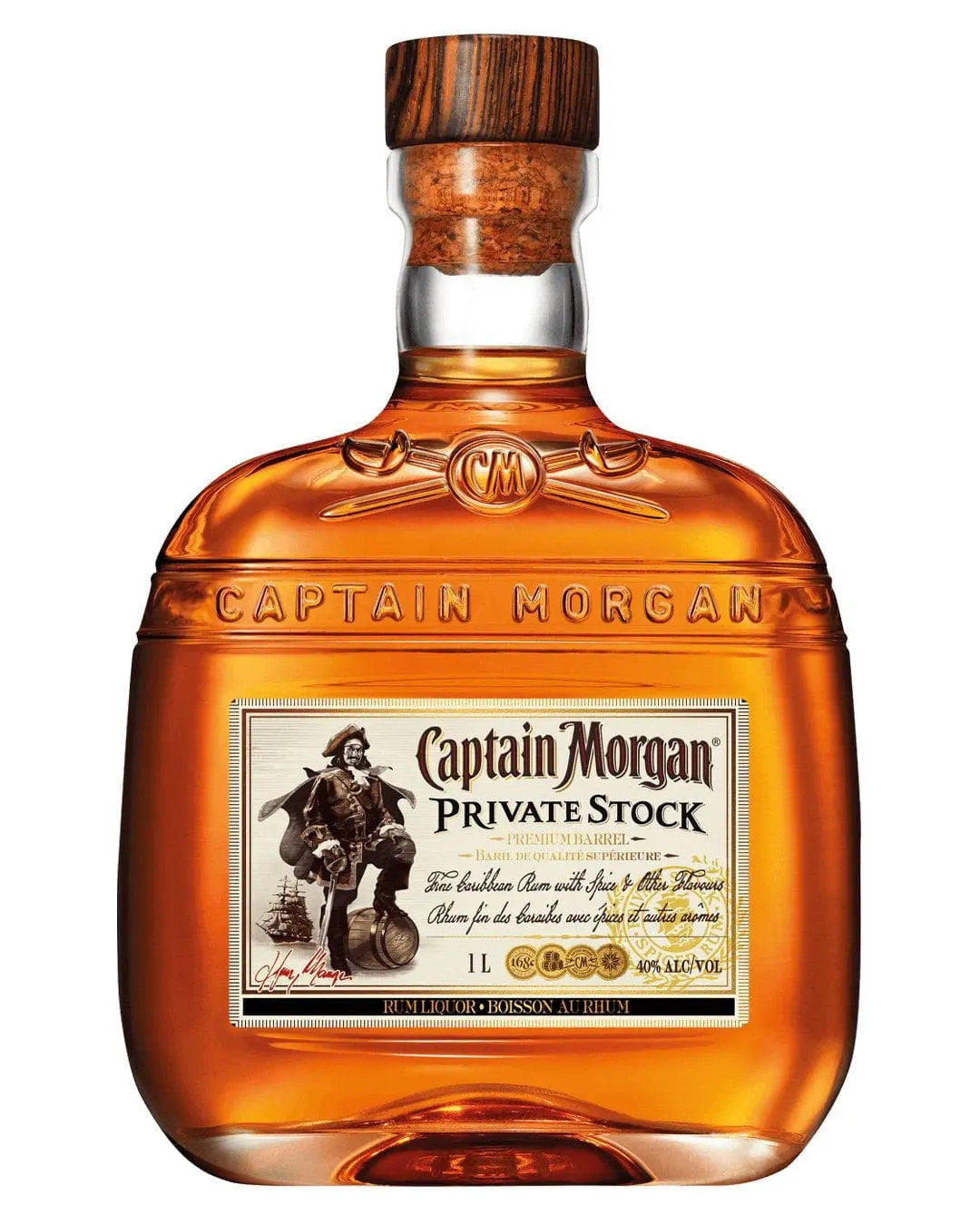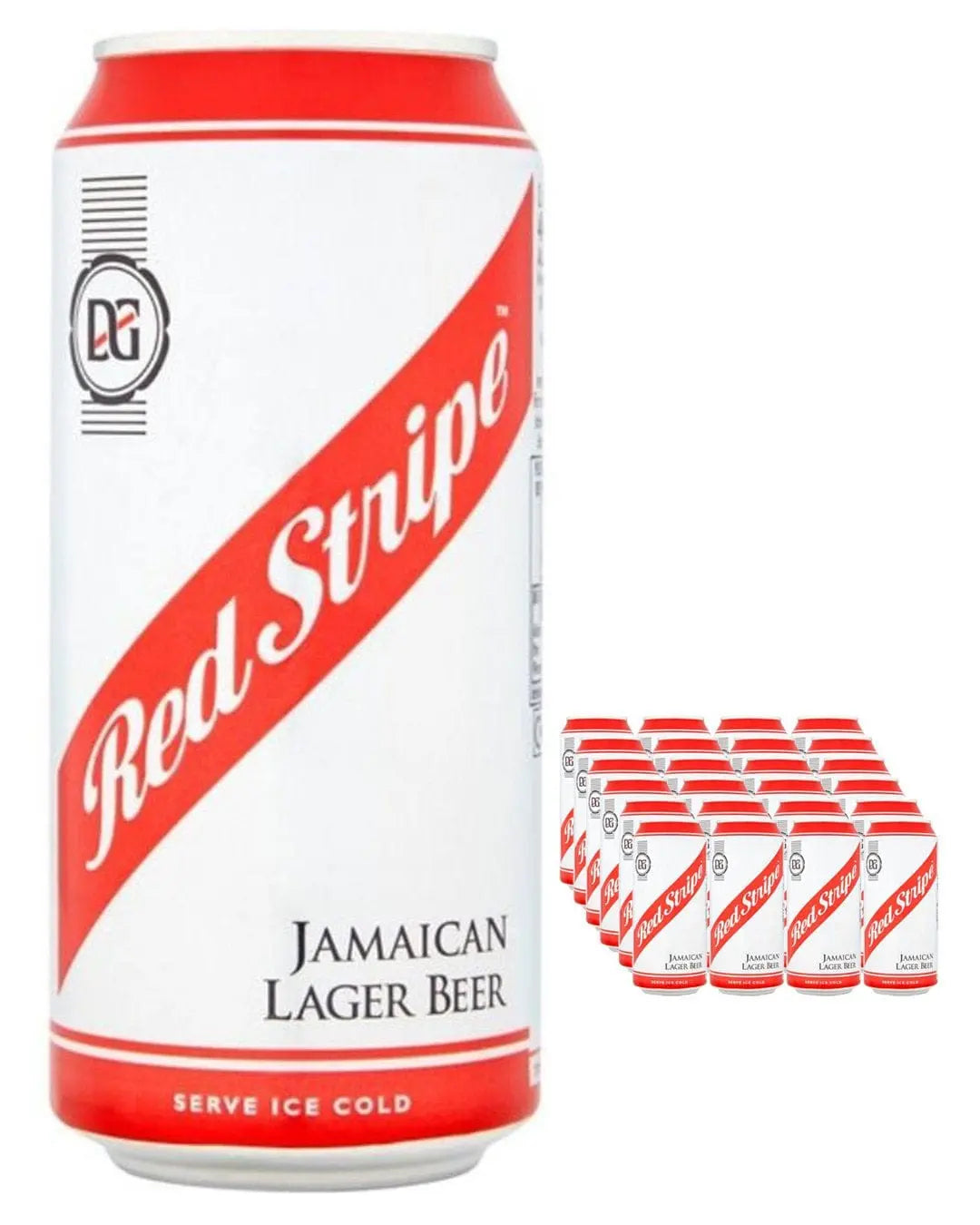Which Glass for Which Drink? Your Go-To Guide for Enhancing Taste of Wine and Other Drinks

Why are the new generations of flavoured gins served in a bulbous glass and why do some cocktails arrive in a tall glass but others in the triangular Martini glass…? Wonder no more as we have the guide to which glass for which drink?
Red Wine

Red wine should always be served in a glass that has a broader, wider bowl unlike those used for white wine (see below!). It should also have a long stem so that you hold the glass by this rather than clutching the bottom of the bowl and warming the wine too much.
A quality red wine should also be swirled in the glass to aerate it so that it takes on a smooth, velvety texture that teases out all of its fruity notes.
White Wine
On the other hand, white wine should be served in a glass that has a smaller mouth area. This is because unlike its red wine cousin, you don’t want too much aeration and oxidation going on as its floral and fruity bouquet will be compromised.
You want to enhance, not swamp the lighter notes of white wine. Again, hold the glass by the stem rather than the underside of the bowl.
Sparkling Wine and Champagne

Who doesn’t love a glass of fizz? But if you find the flute glass difficult to drink from, you’ll need to keep practising because there is a reason why your Prosecco is served in a flute…
… it’s all down to releasing the bubbles slowly so that as soon as the cork is popped, the bottle of fizz doesn’t go flat. A taller, thinner flute glass with a smaller bowl keeps those luscious bubbles locked in.
Cocktail Glasses

We all know the triangular shape of the traditional cocktail glass which you may also refer to as the Martini glass. Usually holding between 3 to 6 fluid ounces of your favourite cocktail, the inverted cone bowl is thought to have been invented so that the wide mouth area would allow the nose to soak up all the different aromas from the cocktail mix.
Tall and elegant, there is something about the traditional cocktail glass that keeps it as a firm favourite.
The highball glass, on the other hand, is used for cocktails that have a large proportion of mixer to alcohol content. In other words, this is a long drink that is made to be savoured and enjoyed.
You’ll also find with these cocktails mixes – think Bloody Mary or a Gin & Tonic – that they are poured over ice. It is used interchangeably with the Collins Glass, often listed as one of the must-have cocktail glasses in your drinks cabinet.
As well as the tall high ball glass, you may find your cocktail arrives in a tumbler style glass. A short-sided, wide glass these are used for cocktails such as Negroni or White Russian. They hold more than the traditional cocktail glass – around 8 fluid ounces – and are used for cocktails that are muddles rather than heavily mixed.
These small glasses are often used to serve spirits neat, such as tot of whisky (or whiskey, depending on where your malt is from).
Cider Glasses
Cider is a lively effervescent drink that is great all year round but has a certain something extra at the height of summer. Superbly refreshing, as well as apple cider there are other flavours to enjoy too.
However, like lagers and beers, ciders have suffered from lack of knowledge when it comes to using the right glass. The temptation is to drink straight from the bottle or to pour it into a high sided pint glass.
We’re here to tell you that you have been drinking cider all wrong.
The best glass to use for drinking cider is a wine glass.
Like cocktails and other drinks, you should be given your cider a gentle swirl to bring out all the wonderful apple notes. And that means you need a stemmed glass with a large-ish bowl and a wide mouth area so your nose can pick up all the flavours and aromas of your coveted cider drink.
You also don’t want to be too hands-on with your cider either as this will warm it too much leaving you with a sticky-tasting drink.
Beer Glasses
Pint glasses were developed for cheapness and, as a result, have become mainstream in most pubs, clubs and restaurant. The problem is, by holding the glass, your body heat is warming the beer.
Beer and ales don’t tend to be served very chilled but you don’t want to warm it up too much or the flavours will start to pack together on a fuddle of hops and sugar.
Like other drinks, opt for a glass that allows you to hold it without warming the drink with your hand in the main body.
Steins or beer mugs have a handle that makes them easy to hold. Goblets and chalices are often used for beers that are high in ABV with the tall sides glasses used for pilsners or American beer.
The tulip or thistle glass is also ideal for stronger, aromatic brews that rely on bubbles to bring the aromas to your nose.
Does it really matter what your drink is served in?
To some people, it doesn’t matter to them whether their G&T is served in a bulbous glass or a tall straight one, or whether their artisan beer arrives in a pint glass or a mug.
Aside from personal preference, serving a dash of beer in a martini glass won’t do it any harm in the short run but clearly using one that is fit for purpose is the best solution.
